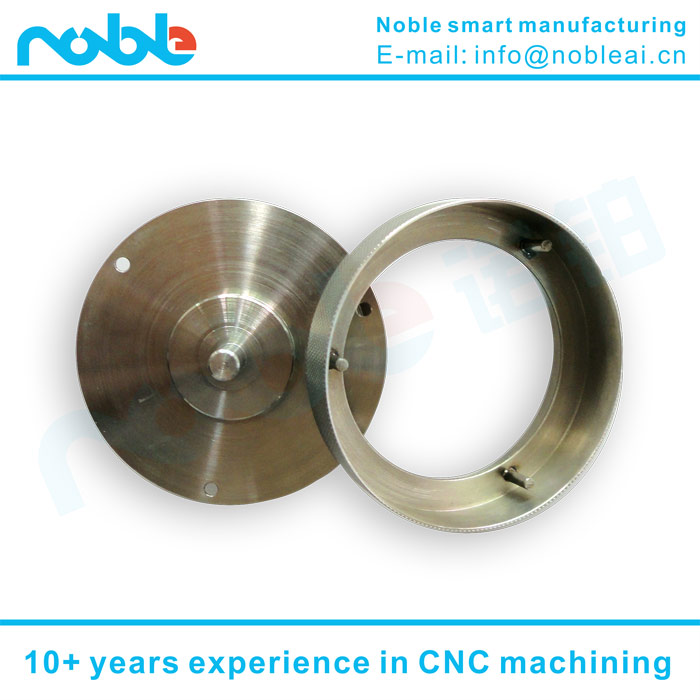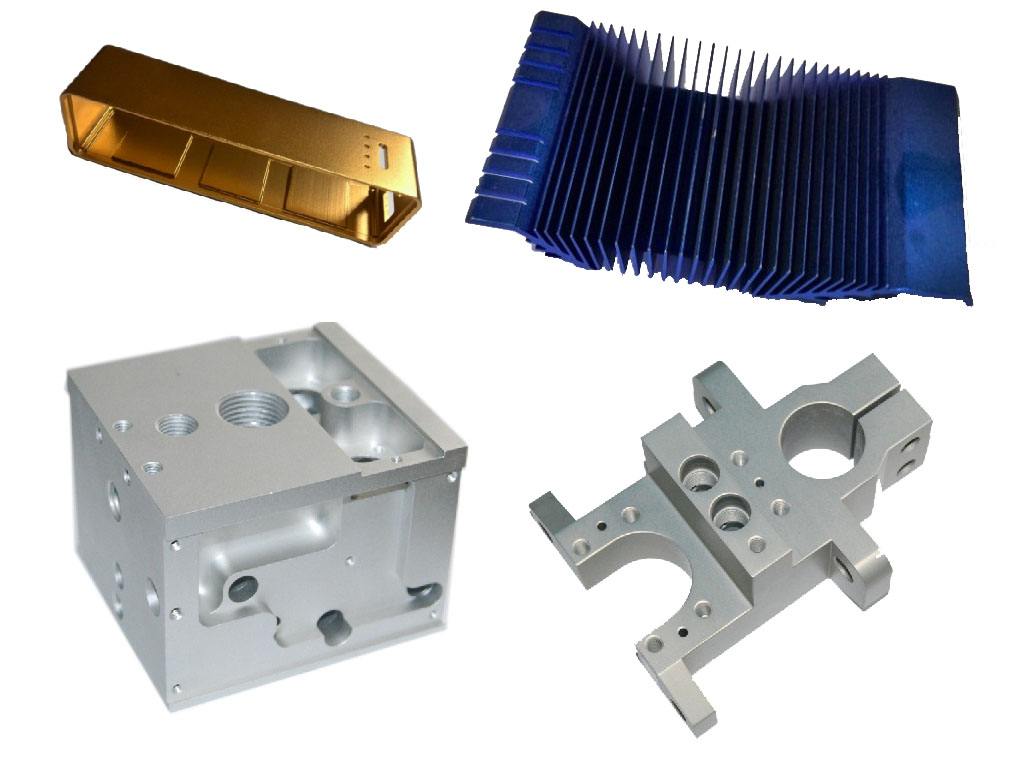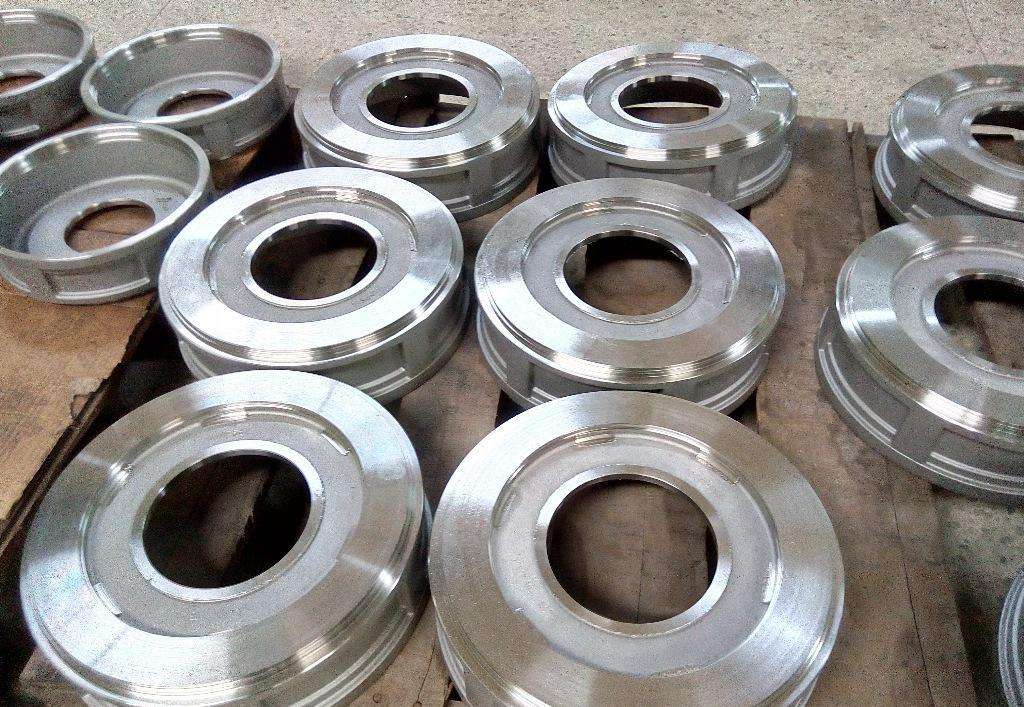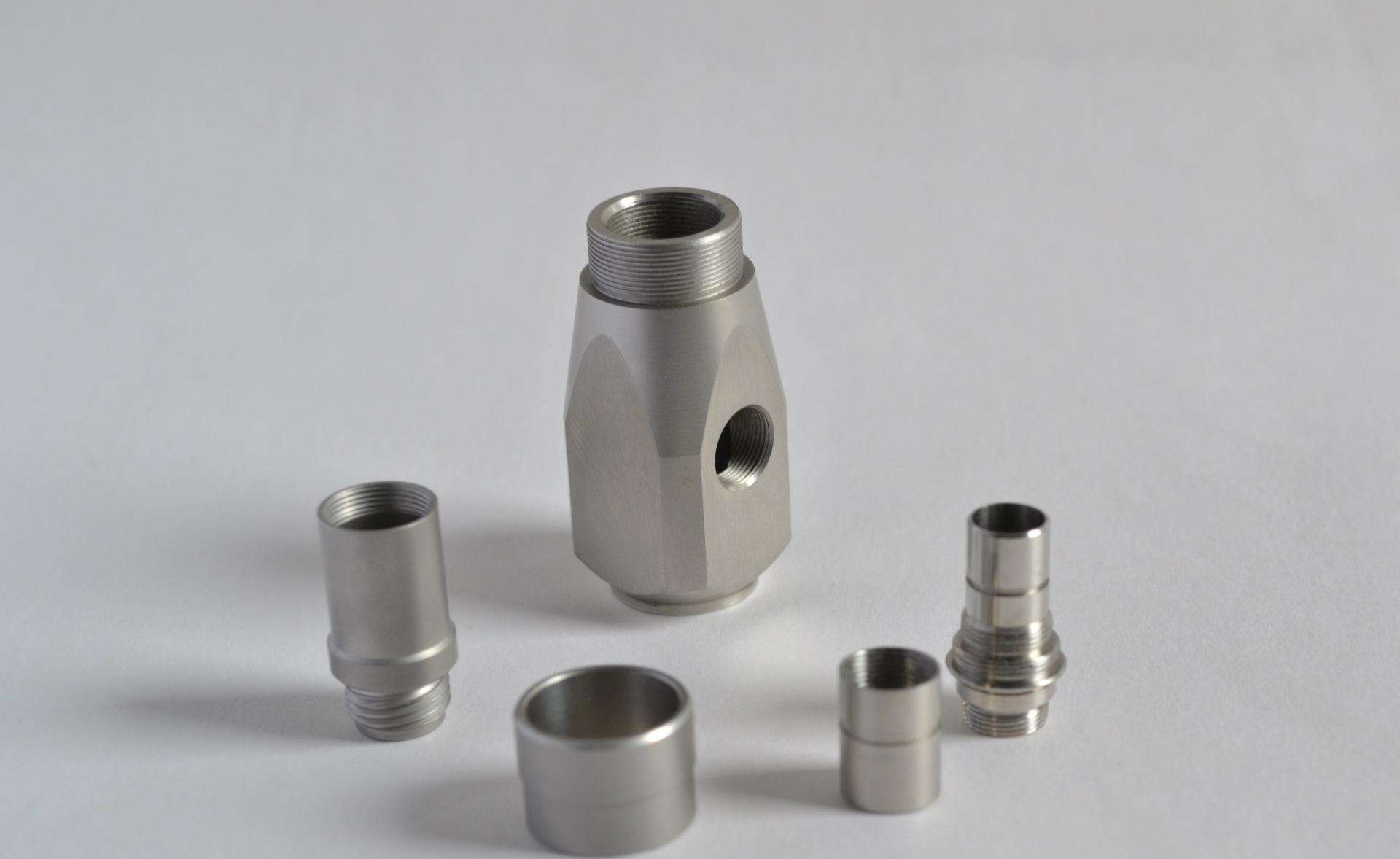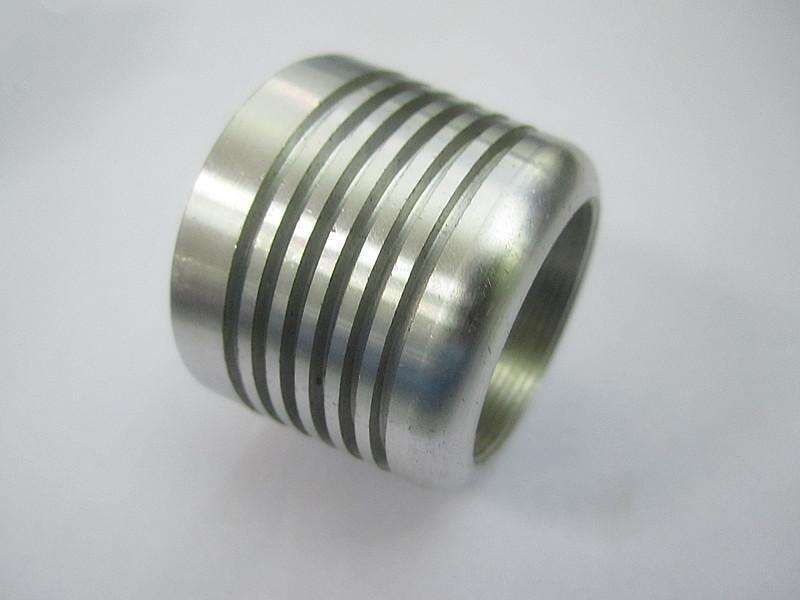Noble Platinum: One of the main advantages of aluminum extrusion in common processes for the aluminum alloy parts machining is that it can be designed to fit almost any shape of the designer’s structure and aesthetics. They can be designed to help with assembly, reduce or eliminate forming or welding operations, reduce processing requirements and many other uses. There are three general categories of extruded shapes: solid, semicircular and hollow.
Hollow shape
Hollow shapes are shapes that completely enclose the void anywhere in its cross-section. Hollow shape is divided into three categories.
Class 1 hollow shape
There are three requirements for the outline to be classified as a Class 1 hollow:
The internal cavity is round
The gap diameter is one inch or more
The shape is balanced symmetrically around the void by two or more axes
2-level hollow shape
There are three different requirements for shapes to be classified as Class 2 hollow:
The shape is not level 1 hollow
It has a single void of not less than 0.375 inches in diameter or 0.110 square inches in area
The entire shape fits a 5-inch external ring
3 hollow shape
Grade 3 hollow is any hollow shape that can not be classified as Level 1 or Level 2. For example, a shape with multiple gaps would be 3-level hollow.
Semicircular shape
The semi-closed shape is the shape that partially surrounds the void. If voids or voids are symmetrical with respect to the centerline of the gap, the half-chambers are classified as Class 1 half-chambers. If the void is not symmetrical about the centerline of the gap, or if the wall thickness is different on both sides, the semi-bedrooms are classified as Class 2 half-chambers.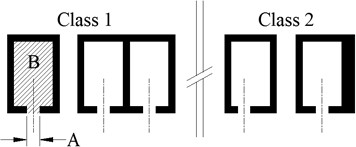
The actual determination that the shape is semicircular is determined by calculating the gap ratio: the area B of the partially enclosed void is divided by the square of the gap, A. Once the class and gap ratio are determined, use the following table to determine if the shape is actually a semicircle shape. If the table shows that the shape is semi-circular, then it is a solid one.
Solid shape
Solid shapes are not hollow or semi-circular in any shape.
Surface treatment
Aluminum extrusion can provide a variety of surface treatments (see our Features page, our list of Surface treatments available). However, since aluminum is a soft metal, the surface becomes non-uniform during processing. If the product is exposed to the surface during use, the marking may be objectionable and care must be taken to provide an acceptable surface. The customer should consult with the aluminum engineering company’s engineering team so that we can design the mold and select the appropriate packaging to protect the critical exposed surfaces.
tolerance
Standard dimensional tolerances can become crucial in applications where extrusion is designed to minimize processing or to mate with another extrusion in any way. Aluminum Association publishes a standard tolerance chart that covers metal dimensions, space dimensions, straightness, twist, flatness, and more. If you need help interpreting these tables, or if you think your application requirements are more stringent than the standard tolerances, contact the aluminum engineering company’s design engineering department for assistance.
Alloy choice
Alloy and tempering options are often affected by the mechanical properties required for a given application. For example, Alloy 6063 is commonly used for medium pressure applications. Alloy 6061 is commonly used for structural applications because of its higher mechanical properties than 6063. 6000
The main alloying elements of the series are magnesium and silicon. The 6000 Series is the most popular alloy for about 75% of extrusion applications. It is heat-treatable, with good strength, corrosion resistance, formability, workability and weldability.
Manganese and chrome must be between 0.12-0.50% Suitable for 6000 series alloys Temper index: O, annealed and T, heat treated to produce stable temperature. Typical temper include:
O – Fully annealed (lowest strength temper)
T1 – Cool from high temperature and naturally age
T4 – solution heat treatment and natural aging
T5 – Cool down from high temperatures and artificial aging
T6 – solution heat treatment and artificial aging
Circle size and mold difficulty
One measure of extrudate size is the diameter of the smallest circle that will completely enclose the cross-section of the extrusion. This is considered an external circle in the extrusion industry, or cc. In the photo to the left, 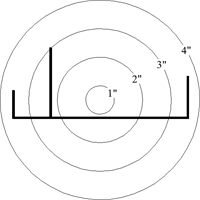 extrusion will be classified as 3-4 “cc. With the installation of our 5500-ton extruder in 2009, Bonnell Aluminum can extrude over a 16-inch-perimeter outer wall of the building for quality extrusion.
extrusion will be classified as 3-4 “cc. With the installation of our 5500-ton extruder in 2009, Bonnell Aluminum can extrude over a 16-inch-perimeter outer wall of the building for quality extrusion.
The diagram on the left also helps to visualize the extrusion die. By cutting out the shape from a piece of steel, the aluminum is forced under pressure to force it through. The perimeter of the shape is where the aluminum comes in frictional contact with the steel. The mold difficulty factor is determined by dividing the total circumference by the area of extrusion. The higher this factor, the harder it is for aluminum to “break through.”
Wall thickness
From a cost point of view, it is often necessary to specify the minimum metal thickness that will meet the structural requirements of the profile. One of the advantages of aluminum extrusion is that you can add extra metal where it is not needed and remove it. However, the large differences between adjacent wall thicknesses can result in non-uniform conditions during extrusion and cooling, which can make it difficult to maintain the desired dimensions. Where adjacent wall thickness ratios greater than 2 – 1 should be avoided, and where different thickness walls intersect, the fillet should be used to reduce metal flow and thereby reduce streaks on opposing surfaces.

